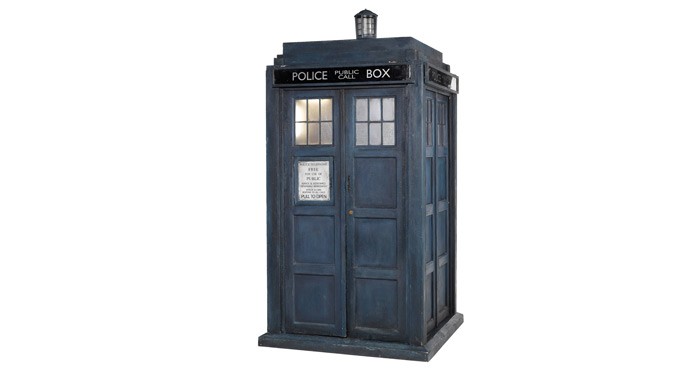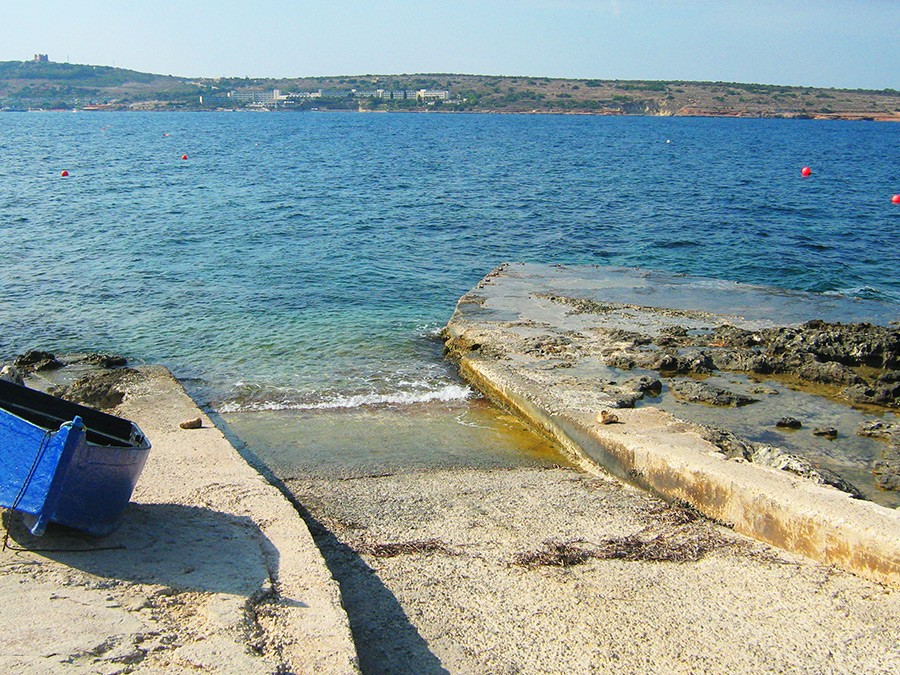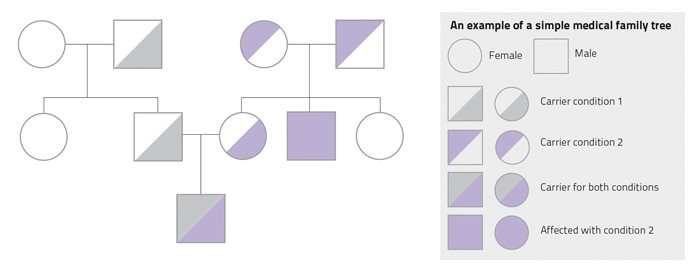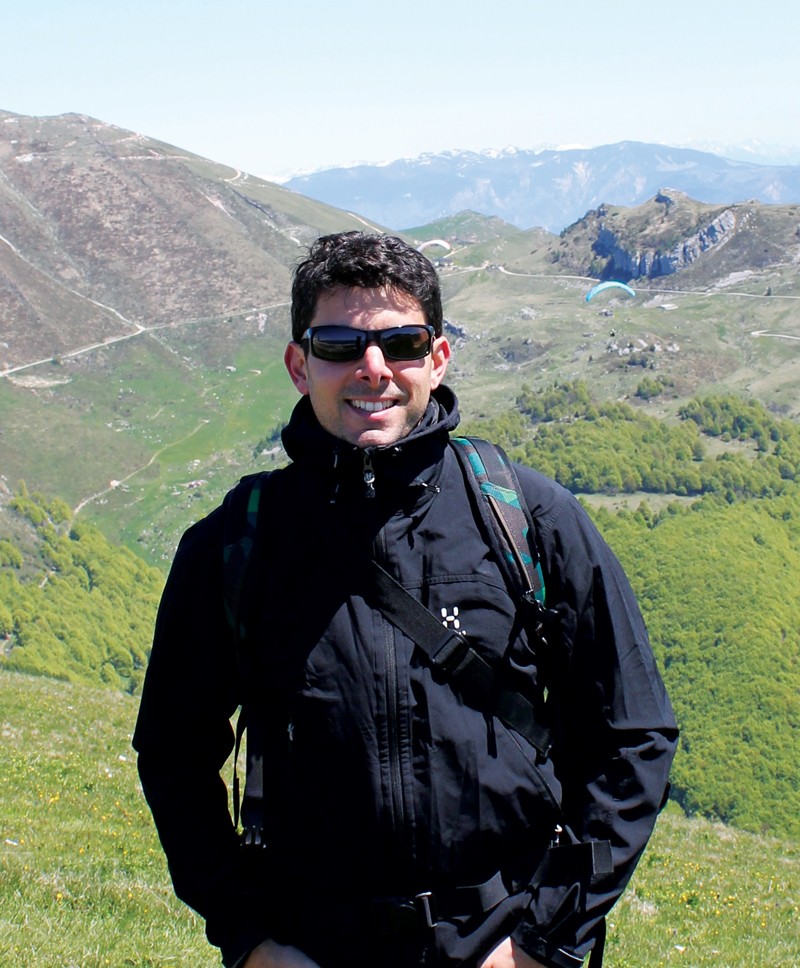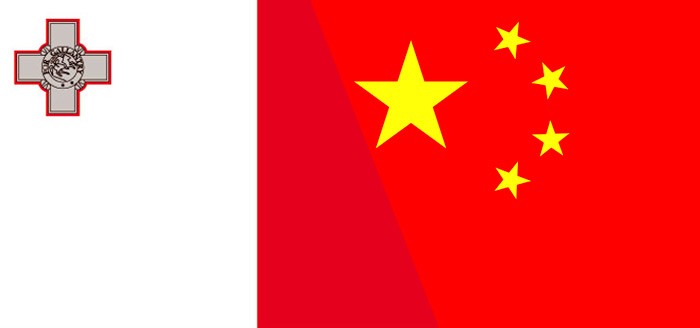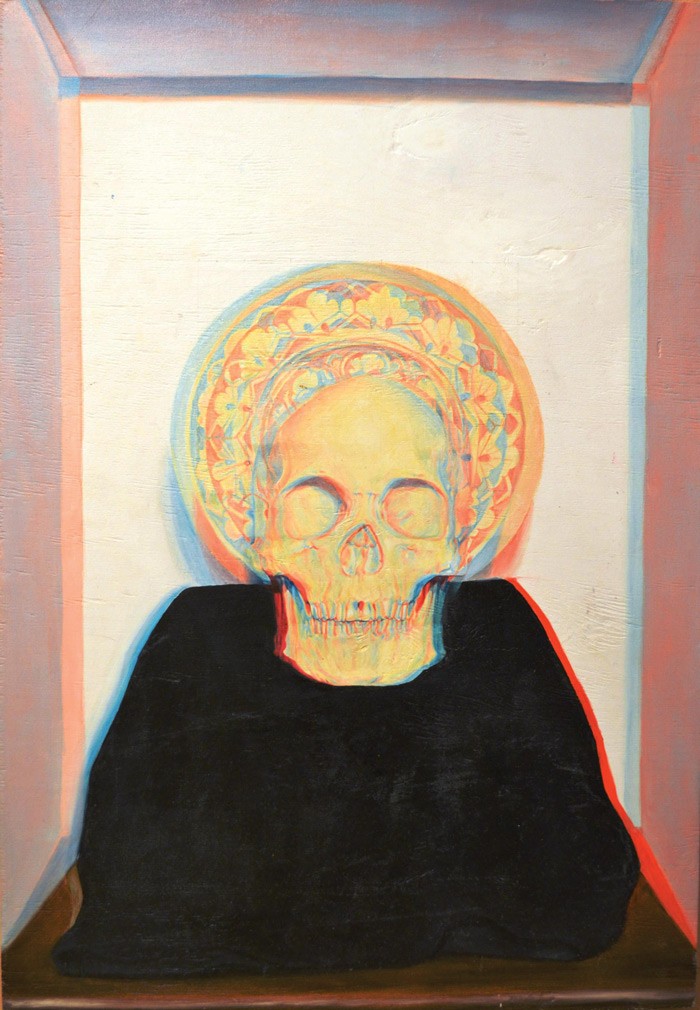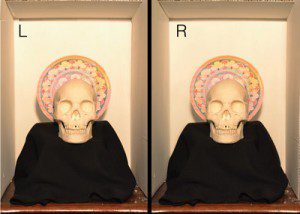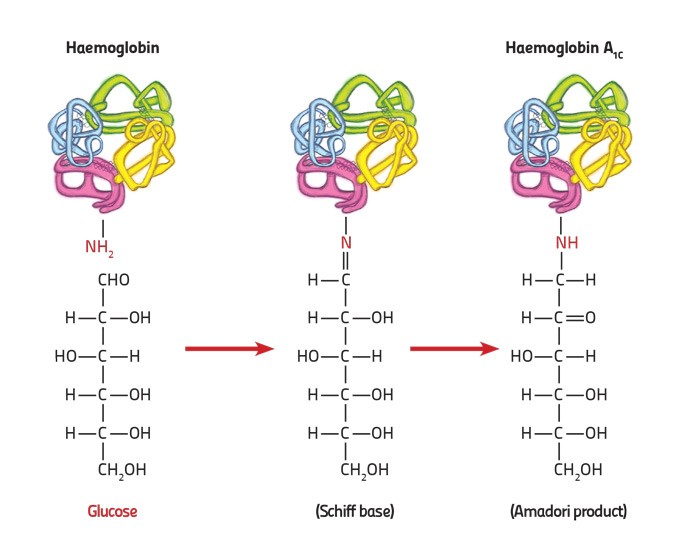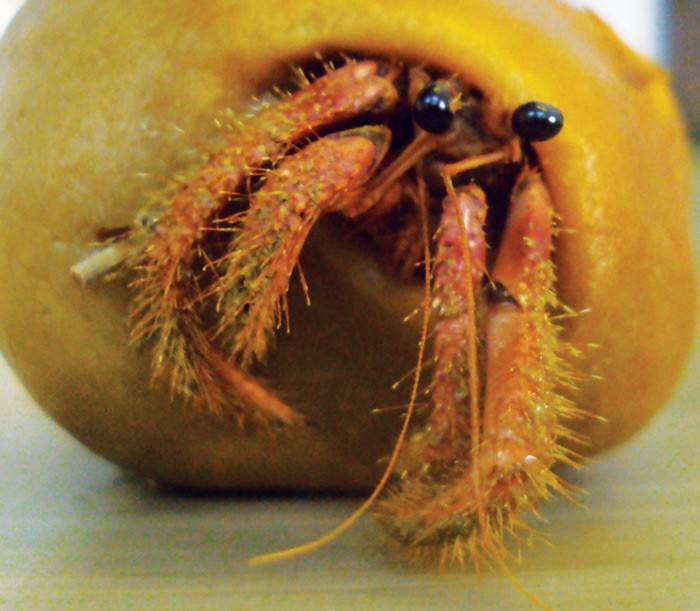Theory says yes; practicality says no. Thanks to Einstein time travel is possible. The easiest way is travelling very close to the speed of light. Achieve 99.5% close to light speed means that in 5 years you travel 50 years. Goodbye friends and family you left behind. The harder way is creating a wormhole, a device that can bend space and time, looping it on itself to go into the future or past. The energy required would rival the energy of the stars. Sorry Sci-Fi fans.
Can jetties replace rocky shores?
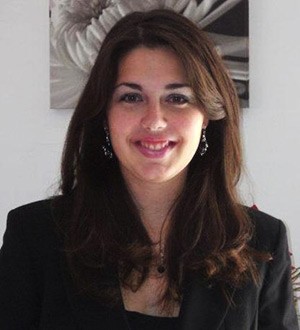
The marine environment needs to be conserved because all enjoy it in summer for leisure and fishermen depend on it for their livelihood. Our rocky shores also hold a unique ecology and it must be studied as a whole to understand how a seemingly insignificant crab or limpet can affect other species we might consider more important.
Our natural environment can be likened to a puzzle having thousands of pieces. If one piece is removed or changed, it will result in a different or incomplete picture. Jetties are artificial structures, in an otherwise natural matrix of rocky shore habitat, which add a new piece to the puzzle. They are built at right angles to the shore and are much smoother than natural rock. These differences are expected to change the environment and species living there. Leanne Bonnici (supervised by Dr Joseph A. Borg and Prof. Patrick J. Schembri) studied these jetties to understand how they would affect the big picture.
Bonnici studied three sites on the northeastern coast of the Maltese Islands (Little Armier, White Tower Bay and Għajn Żejtuna). The organisms on jetties in these areas were sampled from the mediolittoral zone — that part of the shore that is regularly submerged and exposed to the air. Sampling showed that the most abundant algae were low-growing green algae (Cladophoropsis sp.), and a red alga (Jania rubens). The algae serve as a source of food and shelter to other species.
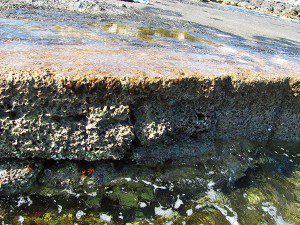
The most common animals were crustaceans, molluscs, and polychaetes. Polychaetes are worms that possess lots of hair-like structures (chaetae). The most common polychaetes were small voracious predators a few millimetres in length. The diverse crustaceans included small cone shaped barnacles (Chthamalus spp.), which spend most of their life attached to rocks. Other abundant crustaceans included minute shrimp-like swimming animals known as amphipods (Hyale sp. and Ampithoe sp.) that are typically found amidst algae. The molluscs recorded included different species of limpets Patella spp., as well as the chiton Acanthochitona sp.; all of these are usually found attached to the substratum, although they do move to graze on algae.
Bonnici found that jetties share some species with rocky shores; however, jetties always had a lower diversity and fewer numbers of individuals living on them. Therefore one can conclude that jetties cannot replace natural rocky shores.
Keeping to the puzzle analogy, if we know how modifying a ‘piece’ of the environment changes the other pieces, it will help maintain the whole picture. This study will help better manage how jetties affect organisms and make the most out of these artificial structures.
This research is part of an M.Sc. in Biology at the Faculty of Science. It was partly funded by the Strategic Educational Pathways Scholarship (Malta), which is part-financed by the European Union – European Social Fund (ESF) under Operational Programme II – Cohesion Policy 2007-2013, “Empowering People for More Jobs and a Better Quality Of Life”.
It’s all in the family

Whatever you inherit comes from your biological family. Unfortunately, this includes disease. Talking about inherited conditions can make people anxious, making them unwilling to discuss the issue with their relatives. After speaking to a number of people my impression is that it seems taboo to discuss these things. People seem to feel that they will be stigmatised or treated differently because of a genetic condition.
A fear of social stigma hinders beneficial research. Research needs the collaboration of patients, since by investigating their condition researchers can in the long run develop a treatment or therapy. Not only that, but avoiding certain discussions means that relatives who might be at risk of developing the same problem would not be aware of it. If a condition is detected too late there might be very little that can be done.
It is very useful to discuss these matters with your family and speak to your doctor together. By building a medical family tree you can easily see who might inherit what. This way, your relatives will learn more about their health and then seek treatment. For example, a cousin might learn that she has an increased risk of breast cancer and would therefore attend screening sessions to catch the cancer before it spreads. Not knowing that something is there does not make it go away but discussing medical matters with your family could save a relative’s life.
“It is very useful to discuss these matters with your family and speak to your doctor together”
Scientific studies need family medical information. Scientific studies using family trees have already shown how useful this information is in identifying families with a high risk for inheritable cancers, like colon and breast cancer. Other research showed that families can benefit from preventative treatments against cardiovascular diseases like diabetes.
Local research has recently used this technique to find new genes, knowledge that can be developed for new treatments. The researchers were studying the genetic background of the protein which carries oxygen in our blood, haemoglobin. This protein switches from foetal haemoglobin to adult haemoglobin 3–6 months after birth. People with thalassemia have a problem with the adult version. Therefore, by studying local families that naturally cope well with the disease, they discovered the KLF1 gene that compensates for the malfunctioning adult protein by raising foetal haemoglobin levels. This was only possible with the help of family trees.
Speaking to a doctor to prepare a medical family tree (pictured) is done in the strictest confidentiality. You may also create your family medical history on https://familyhistory.hhs.gov/fhh-web/home.action to discuss with your family and doctor. I believe that it is in our best interest, apart from being potentially beneficial to the rest of humankind, to help in the creation of our own family medical trees.
If you have any queries when your physician or consultant asks you to prepare a family tree feel free to discuss them rather than avoiding family trees.
Taking Einstein’s job
Dr Alain Camilleri talks to us about his life journey from Malta to patent examiner in Munich
Should Malta Be The Next China?
 After repeatedly visiting Asia, I totally disagree with comments occasionally made that China’s industrial success is wholly attributed to its ability to replicate low quality versions of branded products at rock-bottom prices. In China there are many good examples of good quality products and brands being produced such as Audi, Airbus, and Armani. Based on these facts, what Maltese industry and policy makers should focus on is making our industry more competitive by improving the current situation and analyzing products being developed elsewhere.
After repeatedly visiting Asia, I totally disagree with comments occasionally made that China’s industrial success is wholly attributed to its ability to replicate low quality versions of branded products at rock-bottom prices. In China there are many good examples of good quality products and brands being produced such as Audi, Airbus, and Armani. Based on these facts, what Maltese industry and policy makers should focus on is making our industry more competitive by improving the current situation and analyzing products being developed elsewhere.
The Maltese industry is not really dying. Our industry has indeed changed, for example from textiles to pharmaceuticals. Overall, the number of employees has declined. However, this is either due to industry becoming more efficient hence able to produce more with less, or due to the way statistical data is being collected.
Malta’s industrial sector can become more competitive. However, what does it mean to ‘be competitive’? Goods should be produced with shorter delivery periods, better costs and quality compared to competitors. Since we lack raw materials cost is very challenging to compete on. On the other hand, improving quality provides much more opportunity. Quality can be improved by increasing the external quality of the products manufactured, the product’s functionality, the interactions that take place with clients during product development, the quality of support and after sales services, management of operations, and how operators work. Core to adopting this quality-based approach is the need to focus on shifting from just manufacturing products to designing and manufacturing products in Malta.
“Goods should be produced with shorter delivery periods, better costs, and quality compared to competitors”
To design their own products, Maltese manufacturing firms need to set up an internal Research & Development unit. At the same time, industry needs support through government policies and incentives. In their publication ‘Vision 2015’ American consultants clearly specify product design as an enabler to higher value added manufacturing. The Malta Chamber of Commerce, Enterprise & Industry has also recommended starting a Malta Business Research & Innovation Body. These recommendations need urgent implementation to shift Malta’s manufacturing industry towards becoming ‘design driven’.
The UoM’s Faculty of Engineering has been actively contributing towards a design driven approach. Our undergraduate engineers are purposely trained in this design-centric approach. Additionally, some final year student projects focusing on design are sponsored by industry: an excellent win-win mechanism. A number of both mechanical and electrical engineers have also benefited through an evening M.Sc. in Integrated Product Development. The Faculty also collaborates with industry through MCST funded Research & Innovation projects. More financial support to University would help every academic active in research to regularly receive decent research funds.
Considering the above, Malta does not and should not aim to be the next China. On the other hand, Malta should nurture its unique strengths such as a highly educated, flexible English-speaking workforce. We should aim to address weaknesses related to Malta’s manufacturing sector. This requires short-term and long-term commitments from our policy makers. Business leaders can also proactively embrace change by aiming to offer quality and innovative solutions, rather than aiming for higher production rates of existing products. The Maltese industry should support continuous training and collaborate on research activities with University. The UoM can help them become more innovative. Like Airbus, Armani, and Audi, Maltese business leaders should exploit, rather than fear, Asian industry. Some Malta based entities, such as Toly Products Ltd, are already going down these routes and are reaping the rewards of growth during a recession. Clearly others should aim to do the same to keep Malta competitive.
Incubator Helps Start-ups take off
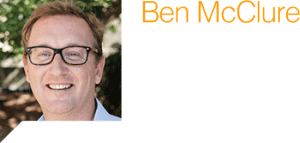
The old saying goes: it takes a village to raise a child. In other words, to get it right a community effort is needed, shared by family and friends who pass on their experience and knowledge to the youngster.
The same saying applies to building technology companies. Budding technology entrepreneurs in Malta need plenty of nurturing and guidance to get their innovations off the ground and into the marketplace. A supportive and well-connected entrepreneurial community is what is needed to transform Malta’s innovations into start-up ventures that will expand the economy.
The good news for Malta is that the basic components of a technology start-up community already exist. The University of Malta is a hothouse of world-class scientific, engineering, and creative research that holds the potential to spin out exciting commercial ventures. A new generation of bright, technically-skilled graduates is starting to pursue entrepreneurship as a career path. Malta lacks a professional venture capital investment industry, but does have high net worth entrepreneurs and private ‘angel’ investors. Many of these have valuable experience gained abroad and are hungry to find and fund high-potential technology companies. The government is exploring ways of encouraging early-stage investment by way of tax incentives and seed fund development. Ideas, entrepreneurial energy, and money — the key ingredients for raising technology start-ups — are all here on the island.
“Tucked away in their laboratories, garages, and workshops, Malta’s innovators are not networking”
So, what is holding us back? I recently spoke to Steve Blank, a highly successful Silicon Valley entrepreneur and investor. I asked him what he thought was missing. His reply: ‘much of the Valley’s alchemy lies in connectivity’.
Innovators, entrepreneurs, investors – Malta has got them all. Unfortunately, they are not finding each other. Tucked away in their laboratories, garages, and workshops, Malta’s innovators are not networking. They need skilled and experienced business people to push their technologies past the idea stage. Wealthy angel investors are here in Malta, but they frequently operate ‘under the radar’ and can be hard to access. In the absence of connections, both investors and innovators miss out on potentially rewarding opportunities. Promising young ventures, which might takeoff with a little support and funding, consequently get left to struggle on their own.
The University of Malta Business Incubator will start operations this year and create a platform for new start-ups. Opening its doors to researchers, students, and aspiring technology entrepreneurs, the incubator will provide them with space to plan, launch, and grow businesses. There, a network of seasoned entrepreneurs, business mentors, and angel investors will join them. These ‘parents and village elders’ will be mobilised to concentrate efforts to guide start-ups to create a company, raise capital, and reach the marketplace. We aim to make the incubator a lively hub to create businesses.
Building a company, like raising a child, is a lot of hard work. Bringing the community together under one roof, where it can do the job right, will ease the labour of start-up development, and improve the odds of scoring triumphs.
Ben McClure is Manager at the University of Malta Business Incubator
You have to see the real thing!

But what does real really mean? Is there only one reality or are there multiple realities? These questions have been asked over and over again ad nauseum throughout humanity’s history only to end up with the same paraphrased answer: ‘Dear Sir, we can’t give you a definite answer since up to now we are not sure enough of what we are really speaking about.’ Socrates said reality is One, The Matrix says that the reality we experience is an illusion, while Stephen Hawking argues that reality is made up of distinct sets of laws of physics interwoven together into what he — plus a few other scientists — calls M-Theory.
Indeed the digital era has not improved the situation. What was once the domain of the tangible and spiritual world ended up expanding exponentially into virtual worlds entirly created by humans — a hyperreality! Indeed the hyperreal has found its way in the visual arts. In the 60’s Photorealist painters created paintings indistinguishable from photographs. Their succesors, the Hyperrealists, depicted photoreal realities that never actually happened.
How can a painting feel more real and tangible than reality? Up to the beginings of the last century mimesis (roughly means to imitate) was one of the main preocupations of western art. Artists made use of various visual tricks such as perception, occlusion, and chiaroscuro to fool the eye and give life to their works. But no matter how hard they tried they were doomed to failure because in an instant the brain would discover the illusion and reveal the flatness of the painted surface. The reason is simple, painted surfaces are monoscopic, from one point of view, whereas the brain builds a picture from what two eyes see to understand space and depth, a binocular system.
For this reason, Darren Tanti harnessed binocular vision to his advantage and implemented stereoscopic principles into his paintings to create 3D images. 3D images form in our brains when two images (a left and a right image) are set slightly apart. Our brain fuses the two images together giving the illusion of depth and form. The trick is to recreate the two images onto the same canvas with two different paints, to align them slightly apart as precisely as possible, and to calibrate colours to match the colour filters of 3D glasses. The right combination of all three creates a fully functioning 3D painting.
At first glance, 3D artwork might seem simple but there is a lot of work behind it. This technique cannot be used for its own sake. By combining it with other drawing or painting methods then there is a good chance to break ‘through the looking glass’ and enter a whole new world.
| Give it a try |
Below is a simple method to create an anaglyph 3D image. Words by Darren Tanti
|
Diabetes: from genes to blood
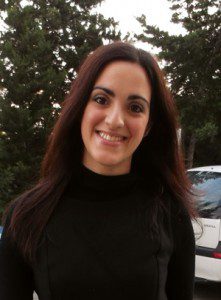
Type 2 diabetes mellitus is a disease that affects over 250 million people worldwide. Many in Malta suffer from the disease because of our high carbohydrate diet and lack of physical activity. Type 2 diabetes arises when levels of the sugar glucose remain very high in the blood. Testing normally involves frequent finger pricks to determine blood sugar levels, or otherwise a patient can take a sugary drink followed by regular urine/blood testing over 2 or more hours.
Alexandra Fiott (supervised by Prof. A. Felice) studied whether the absolute HbA1c levels (the haemoglobin fraction with sugar attached multiplied by the haemoglobin concentration) would provide a better method to describe the link between one’s genetics and diabetic condition. She attempted to reduce the frequency of the testing needed while using a relatively non-invasive test — the withdrawing of one tube of blood, while investigating the genetics of diabetes.
Haemoglobin (Hb) transports oxygen throughout the blood through red blood cells. The HbA1c forms when glucose binds to haemoglobin. This can be used as an indirect measure of average blood sugar concentrations. Measuring HbA1c levels is rapid, but unfortunately the results are influenced by factors that affect red blood cells. With around 5% of Maltese having red blood cell disorders, an alternative measurement would help reduce inaccurate results and unnecessary worry for patients. The absolute HbA1c was used for this study.
The genetics and blood profile of five different patient groups were determined using genetic and biochemical methods: adults with a normal blood profile, anaemics, beta-thalassaemics, pregnant women, and type 2 diabetics (on limited treatment). Statistical analysis did not reveal an improved link, but the absolute HbA1c did help distinguish between the different patient groups.
To improve the reliability of these results, a separate set of experiments was carried out to see whether a known Maltese variation in haemoglobin, with a prevalence of around 1.8% in the Maltese population, has an effect on the amount of sugar that binds to the haemoglobin. This variant was found not to influence the blood glucose levels and therefore the HbA1c.
Taken together these results showed that the absolute HbA1c does not improve the link between the genetics and blood profile of the patients. However, it could distinguish between different groups of patients.
This research was performed as part of an M.Sc. (Melit.) in Biomedical Sciences at the Faculty of Medicine and Surgery at the University of Malta.
Transport 2025
Emmanuel Francalanza imagines how Malta’s transport system might look in 2025. Illustrations by Sonya Hallett
Deep Sea Malta
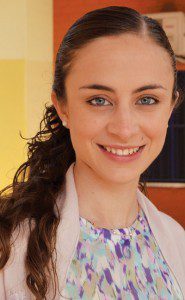
The deep sea covers 70% of the Mediterranean seabed, with Malta on the boundary of the Sea’s two main biogeographical sectors. Despite its importance in detecting changes in biodiversity, research on what lives in this habitat lags behind. Kimberly Terribile (supervised by Prof. Patrick J. Schembri) characterised the marine life on the seabed in deeper waters around Malta as a first step to find out what lives far beneath our waves.
Terribile studied species by-catch samples that were caught from depths of 72 to 201m during deep sea trawls from 2009–2011. These were part of the Mediterranean International Trawl Surveys (MEDITS), which is meant to assess the state of fish stocks around the Mediterranean. Over 100 samples were analysed, which showed that light and the grain size of the sea bottom greatly influence the species that can live there. The type and number of species found were different from distributions seen in the western Mediterranean. She also mapped which species groups were found where.
Taken together, these results show that the assemblages of species in the western Mediterranean are different from those in the central and eastern areas. The knowledge of these ecosystems is essential to properly manage these areas to maintain the health of fish stocks and for the management of the marine environment around Malta.
Mapping the deep sea holds strong commercial importance. By knowing where important feeding, spawning, and nursery areas may occur, fish stocks and other commercially important species can be properly managed to maximise the catch from the Mediterranean without causing the populations to collapse.
The study attempted to start understanding the deeper seas around Malta. Fish do not exist individually, they need to breed, shelter and feed on other organisms. To maintain commercial fish you need to understand how all species affect each other. The study is a first step in maintaining our seas for tomorrow.
This research was performed as part of an M.Sc. (Melit.) in Biology at the Faculty of Science. This project forms part of a collaboration between the Department of Biology and the Maltese Government’s
Department of Fisheries and Aquaculture.

